Average weather maintains pheasant status quo
Floyd County pheasant population remains steady
By Amie Johansen | amie@charlescitypress.com
The alarm goes off and it is still very dark outside. I shut it off quickly so as not to wake the whole house. I have woken up too early even for the dog who yawns and rolls over trying to ignore me bumping around in the kitchen. I grab a little tupperware of zucchini muffins and fill my water bottle. I’m equipped with my most comfortable pair of jeans, a pair of well-loved sneakers, a notebook, pen and camera bag. I am ready to count pheasants.
The annual August Roadside Survey is something I have come to look forward too. It combines my favorite things: early mornings, back roads and pheasants. I begin planning for the August survey in July. I start by calling Dave Hoffman, Iowa DNR wetlands and fur-bearers technician, and inviting myself to ride along during his route. Luckily for me, Dave has come to expect my call and in the last few years has been willing to let me sit in his passenger seat and chat his ear off while we creep along 30 miles of gravel road.
Dave has been driving Floyd County’s northern route for roughly 20 years. While I am in no way nearly as experienced having only tagged along the past few years, I am learning what to look for as far as ideal survey conditions: cool and wet.
Dave took down the survey conditions and confirmed my fear, it was a little warm. We recorded a beginning temperature of 67 degrees with a heavy dew point and no wind. Ideally temperatures would be in the low 50s. Warm temperatures mean pheasants have no need to sit at the edge of the road trying to sun themselves and dry their wings. It is much harder to see a bird, and therefore count it, when it sits nestled in the tall grass.
As we drove the route, Hoffman and I became worried as the roadsides remained bare.
“I was expecting the count to be a little down because of temperatures,” he said as we drove along.
I was starting to become disheartened, over half way through the route and the count was only around six or seven birds. This is half of what was counted last year.
However, as the route came to a close, we were greeted with two broods. Our count nearly doubled. When the route ended we recorded a total of 13 birds, two of which were roosters. Last year’s count gave us 14 birds and was conducted in better conditions.
Floyd County’s southwestern route, driven by the DNR’s Justin Clark, revealed a greater a decrease in count.
“One rooster pheasant,” Clark said of his entire count. “So last year’s count we had two pheasant broods, for a total of six young ones. That was it, six young ones and and one hen last year.”
Clark speculates warm temperatures to be the cause of his decreased numbers.
“There was not as much to (see), as I expected considering the forecast,” he said. “The temperature was to be 68 (degrees) and the dewpoint was 68 with no wind, which should’ve made heavy dew, but there were storms to the east and north. I think that pulled the moisture away.”
Despite low pheasant numbers, Clark reports good habitat along his route.
“There’s pretty good habitat on the route I drive,” he said. “It covers a lot of CRP (Conservation Reserve Program). I have a feeling there are more pheasants out there than what we’re seeing.”
Survey data from across the state is still being compiled. DNR Upland Wildlife Biologist Todd Bogenschutz estimates the average will show the state’s pheasant population is unchanged.
“My weather model is predicting status quo,” Bogenschutz said. “Usually to have good increases we need a mild winter and dry spring, not average winter and average spring.”
This past winter and spring were not considered to be out of the norm in any direction.
“Average weather seems to generate status quo,” he said.
The weather differed across the state, but Bogenschutz still expects the pheasant population to maintain stability.
“I know the western side of the state had a lot of snow…then they got really wet, during nesting (season),” he said. “Whereas the eastern side of the state, winter was pretty even — on the mild side. They had rains but about average. My feeling go into the survey, one side seems bad, one side seems good, will they average out to nothing.”
All of the results of the August Roadside Survey will be compiled and issued in one report in September.
-20160825-

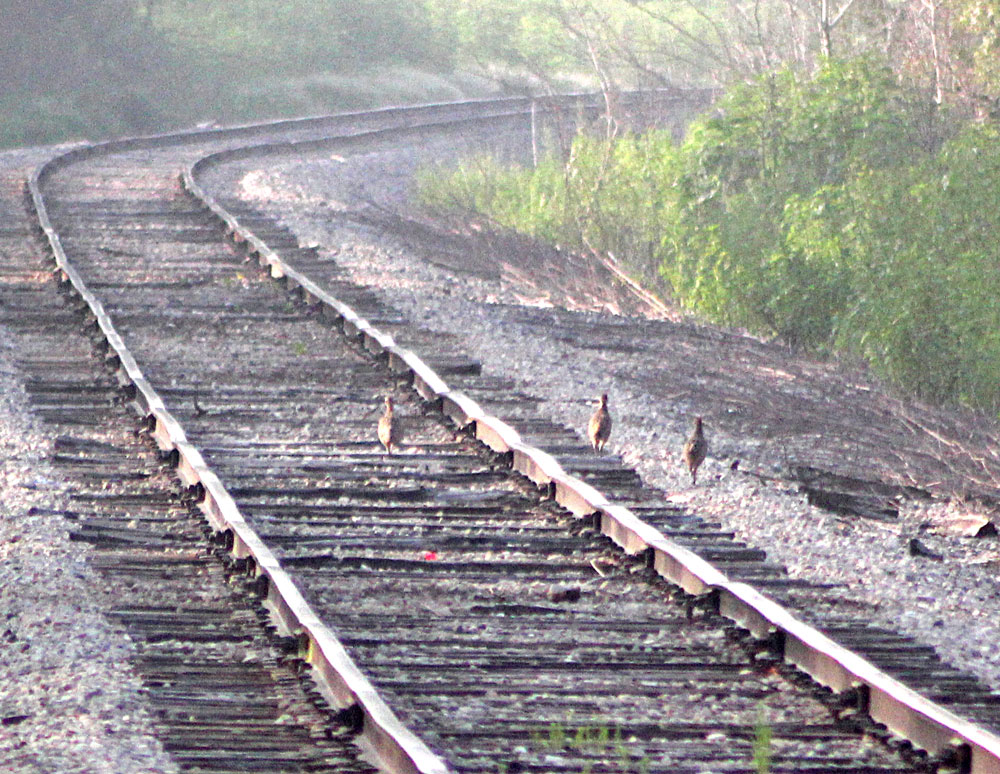
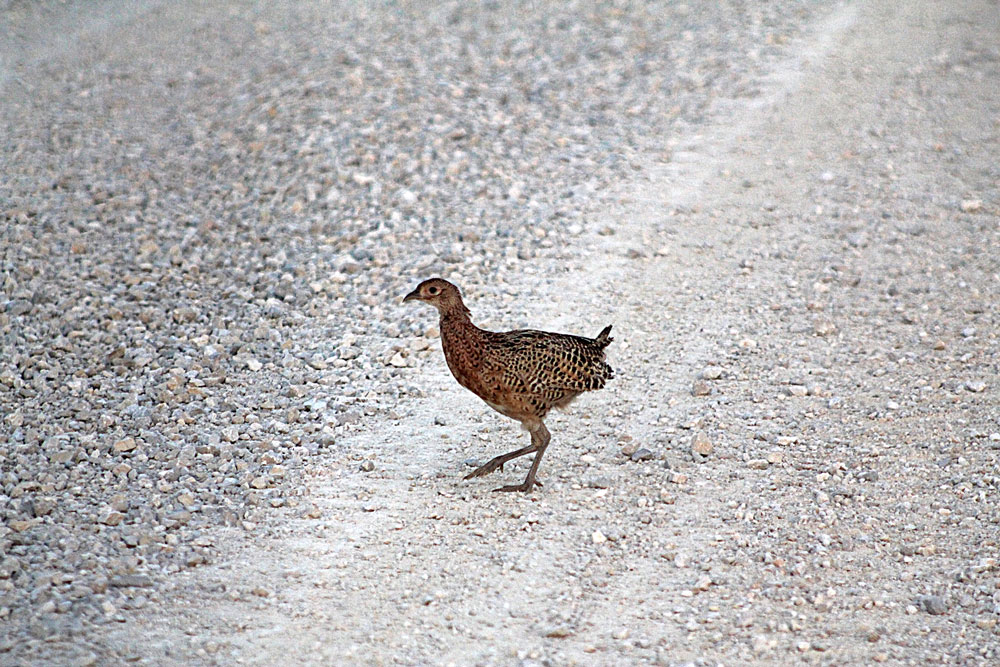
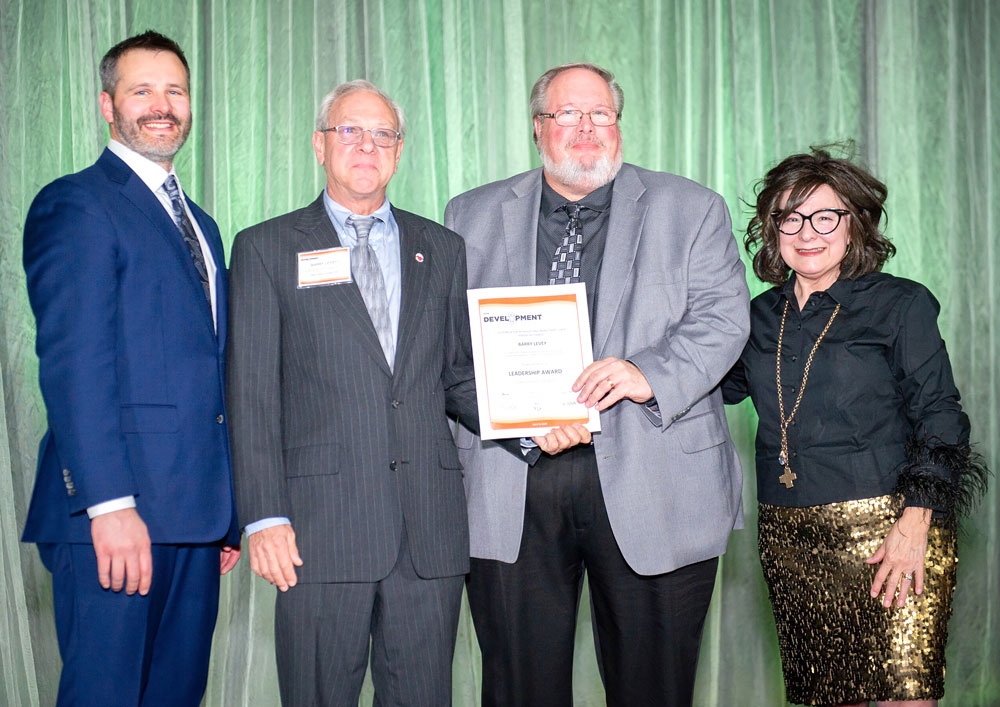


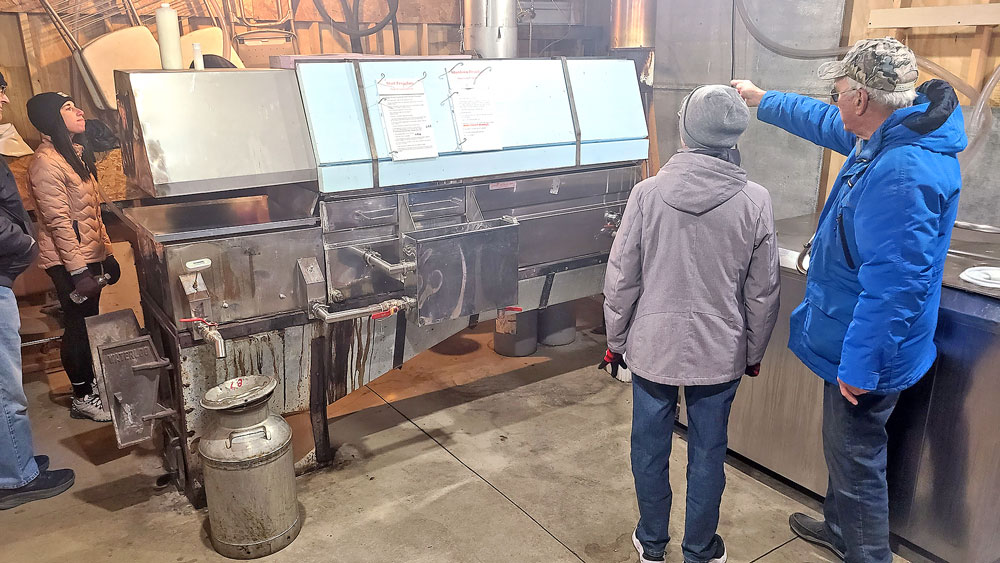

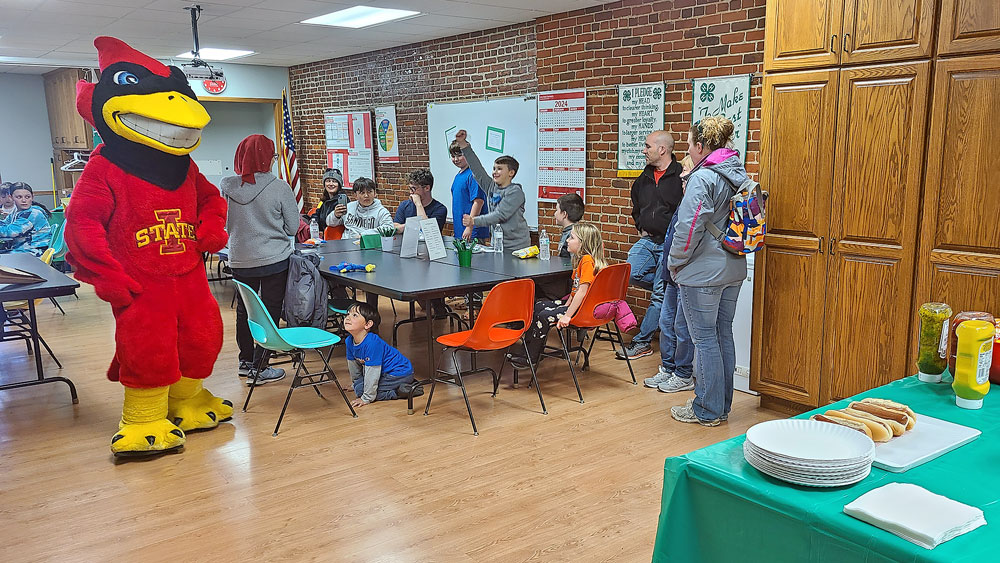


Social Share